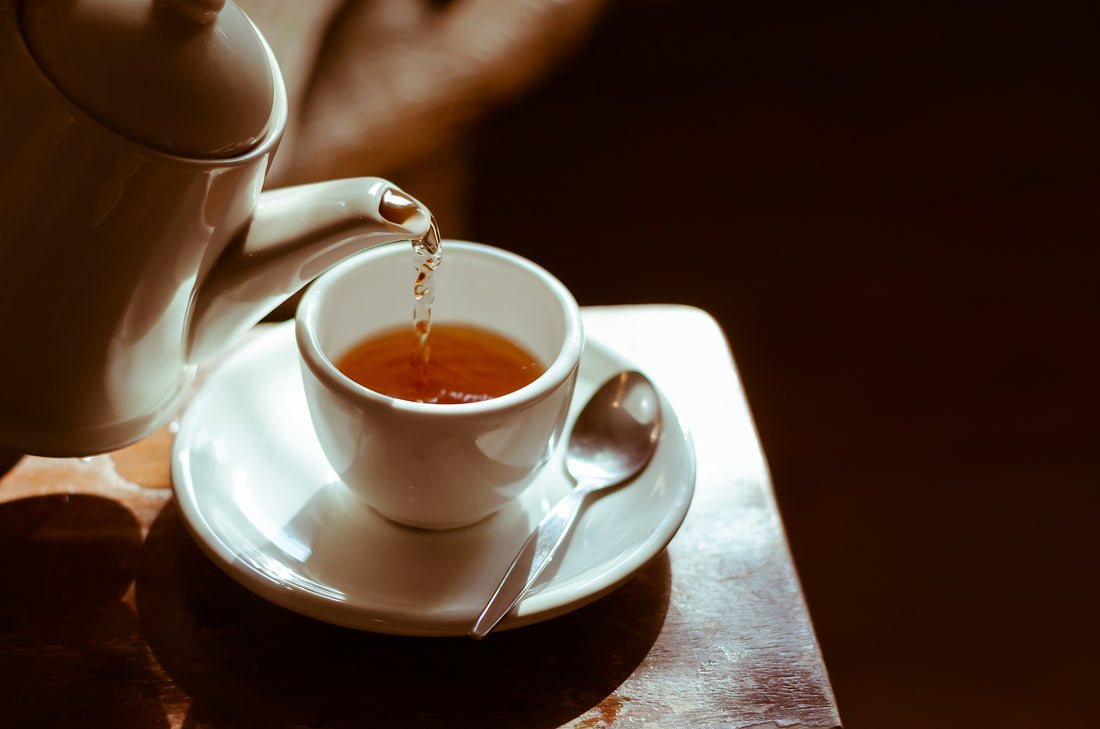
The Art of Tea Tasting: Discovering the Flavors of Chinese Teas
Share
Tea tasting is an art form that requires a keen sense of smell, taste, and observation. In China, tea tasting is much more than simply drinking—it’s about fully experiencing the layers of flavor, aroma, and texture that each tea provides. Here’s how you can master the basics of tea tasting and explore the depth of Chinese teas.
The Basics of Tea Tasting
When tasting Chinese teas, there are three main aspects to focus on: aroma, flavor, and color. Start by inhaling the aroma of the freshly brewed tea, then observe its color in the cup. Finally, take a small sip and let the tea spread across your palate to experience its full flavor.
Exploring Different Chinese Teas
- Green Tea: Light and fresh, Chinese green tea offers a grassy or floral aroma with a slightly sweet aftertaste. The tea is not oxidized, giving it a bright green or yellowish color.
- Oolong Tea: Oolong is a semi-oxidized tea, and its flavor profile sits between green and black tea. It offers a complex mix of floral, fruity, and roasted notes with a smooth finish.
- Pu-erh Tea: Aged and fermented, Pu-erh tea provides a deep, earthy flavor with a rich, full-bodied taste. Its dark color and bold flavor improve with age, making it unique among Chinese teas.
How to Taste Tea
Proper tea tasting involves all the senses. Observe the tea leaves before brewing—are they tightly rolled or loose? After brewing, examine the color of the tea, then take in the aroma. Is it floral, fruity, or nutty? Finally, taste the tea. Hold it in your mouth briefly to appreciate its texture and subtle flavors before swallowing.
